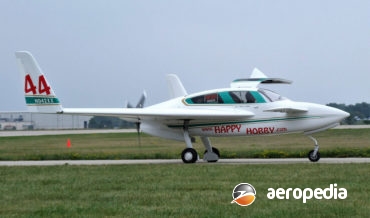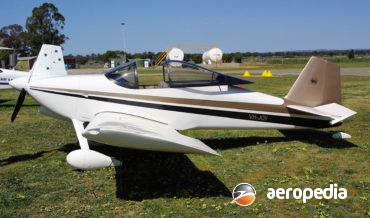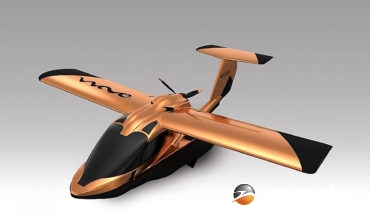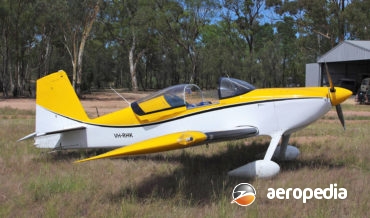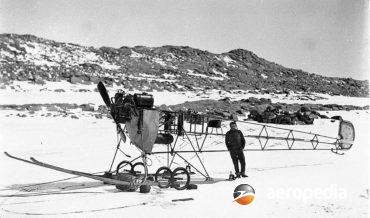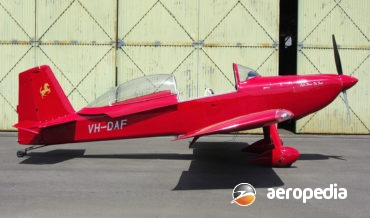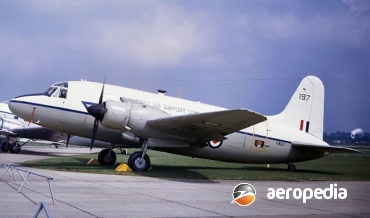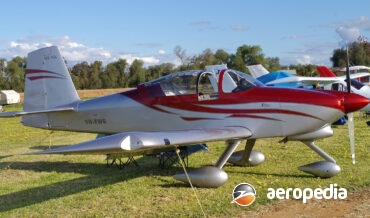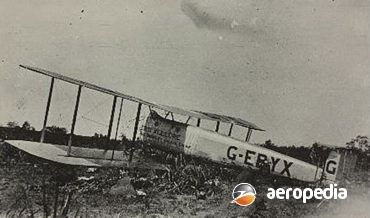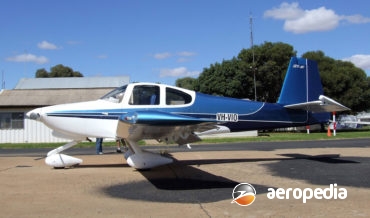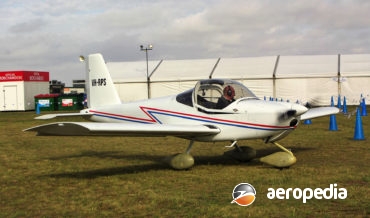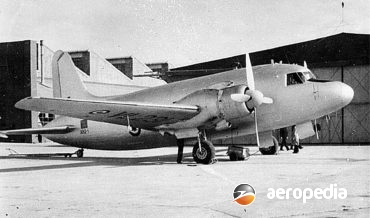All Contents
Contents
The Velocity is marketed in kit form by Velocity Aircraft of Sebastian, Florida, as a high-performance touring aircraft seating four.
David C. Eyre
- May 8, 2019
The Vans RV-6 s a development of the RV-3 and RV-4 series designed by Richard Van Grunsven, and produced by Van’s Aircraft of North Plains, Oregon, the prototype of the RV-6 (N66RV) flying for the first time in June 1986.
David C. Eyre
- May 8, 2019
The Wave amphibious light two-seat monoplane was introduced to the light aircraft market in June 2014 when the manufacturer, VICkers Aircraft Ltd of Te Rapa, near Hamilton, when the company announced the prototype of its aircraft was nearing completion and testing from an airfield near Hamilton.
David C. Eyre
- May 8, 2019
The RV-7 is another high-performance sporting monoplane offered by Vans Aircraft of North Plains, Oregon for amateur construction.
David C. Eyre
- May 8, 2019
Vickers Ltd of Westminster was founded in 1911 under the control of Major H F Wood, the firms Commercial Aviation Department being placed under the control of Brigadier General Caddell.
David C. Eyre
- May 8, 2019
The Vans RV-8 is another homebuilt produced by Van’s Aircraft Inc of North Plains, Oregon, and, like some other models, is produced in two versions, the RV-8 with a tailwheel undercarriage, and the RV-8A with a tricycle undercarriage.
David C. Eyre
- May 8, 2019
Following the success of the Viking, RAF Transport Command ordered a new variant suitable for the role of military ambulance, freighter, glider-tug, troop carrier, and dropping supplies.
David C. Eyre
- May 8, 2019
One of the range of very successful light homebuilt monoplanes produced by Vans at Oregon in the United States, the prototype of the series, the RV-9A (N96VA) with a tricycle undercarriage was first flown in 1997.
David C. Eyre
- May 8, 2019
The Type 134 Vellore I was designed by Rex Pierson, Chief Designer of VICkers Aviation at Weybridge in Surry to meet an Air Ministry Specification (34/24).
David C. Eyre
- May 8, 2019
The RV-10 series was the first foray by Richard Vans Grunsven of Vans aircraft into the manufacture of a kit for a four-seat aircraft, and the prototype (N410RV) was flown for the first time on 29 May 2003.
David C. Eyre
- May 8, 2019
The Viastra was designed by VICkers (Aviation) Ltd at Brooklands Aerodrome, Weybridge, Surrey, and was manufactured by the Supermarine Aviation Works at Woolston, Southampton.
David C. Eyre
- May 8, 2019
The Vans series of light aircraft kit planes has been the most popular for homebuilders for some years and a variety of models is available.
David C. Eyre
- May 8, 2019
In October 1944 the British Ministry of Aircraft Production issued a specification for a short/medium haul airliner and VICkers produced the Viking, the first of three prototypes (G-AGOK) designated Type 491 being flown on 22 June 1945 at Wisley.
David C. Eyre
- May 8, 2019
Recent Comments
Archives
Categories
- No categories
Categories
- No categories
Latest Posts
Newsletter

